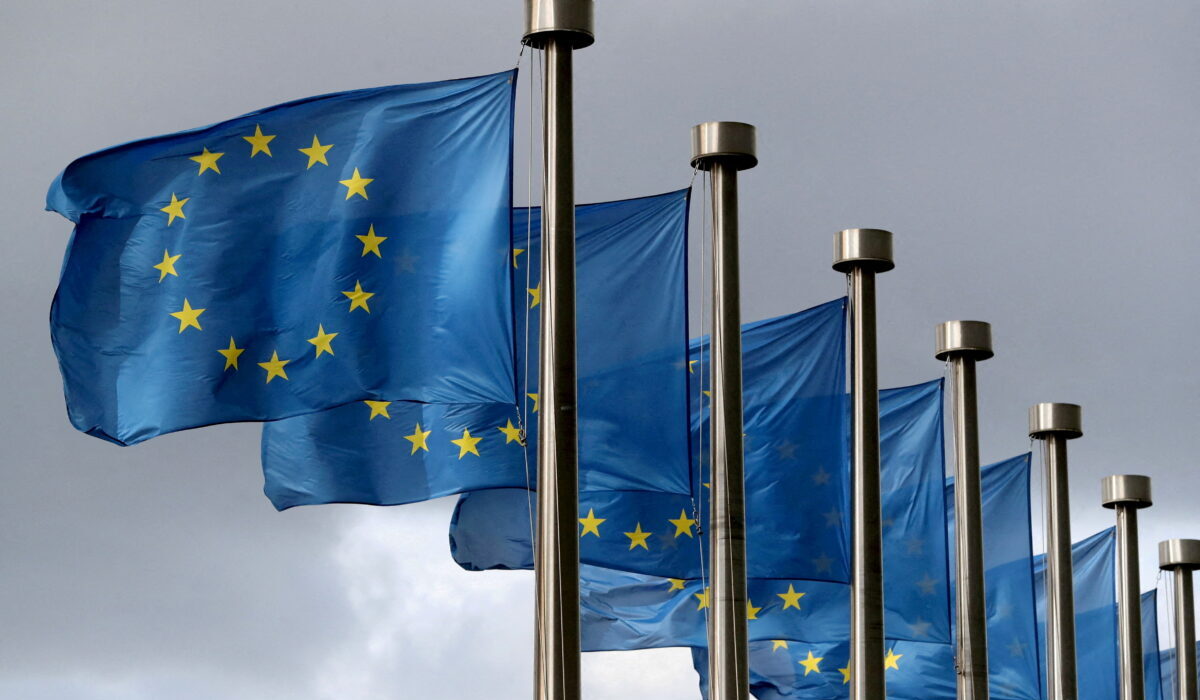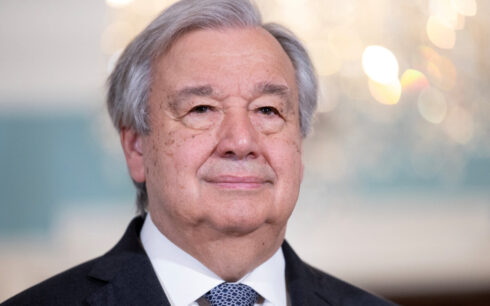The European Union finalized new regulations early Wednesday to more equitably distribute the responsibilities and costs of hosting migrants, while also seeking to curb their influx.
After prolonged overnight discussions, representatives from the European Parliament and EU governments reached a consensus on the New Pact on Migration and Asylum, set to be implemented next year. These laws include measures for screening irregular migrants upon arrival in the EU, processing asylum applications, determining which EU nation is accountable for these applications, and managing crisis situations.
Migrant arrivals in the EU have significantly declined from the 2015 peak of over 1 million. However, figures have risen from the 2020 low, reaching 255,000 by November this year, with the majority entering through the Mediterranean route from Africa to Italy or Malta.
Past attempts to distribute the burden of hosting migrants evenly across the EU have failed, particularly due to resistance from Eastern European members against accepting migrants who initially arrived in Greece, Italy, and other nations.
The new approach allows non-border countries to choose between accepting refugees or contributing to an EU fund. The envisaged screening system aims to differentiate between those requiring international protection and others who do not.
Individuals from countries like India, Tunisia, or Turkey, whose asylum applications are less likely to succeed, could be barred from entering the EU and held at the border, along with those perceived as security threats. This has led refugee rights groups to criticize the plan, fearing it could lead to the formation of quasi-prison camps along EU borders.





